MOTORING
Range Rover Velar D240 HSE: Driven by design
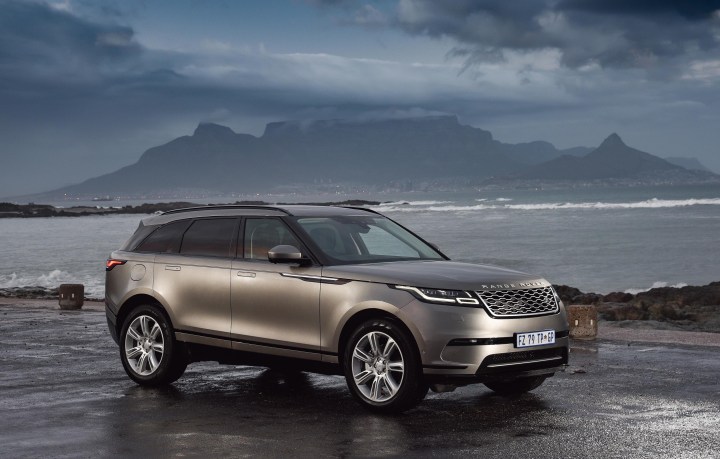
Depending on the model, the Range Rover of the 21st Century is posh, sporty, trendy – and ultimately desirable. The latest addition to the line-up adds the lustre of designer appeal to what is already a persuasive formula.
Range Rover is fast perfecting the art of motoring posh. By linking the prestige of heritage motoring to the global rise of the SUV, the marque’s models continue to increase their allure in a market hungry for distinction.
What started out as a Land Rover for grander folk has become a standalone brand with its own, unique models. These days, there’s a Range Rover for every taste and whim, as long as buyer’s pockets are deep enough.
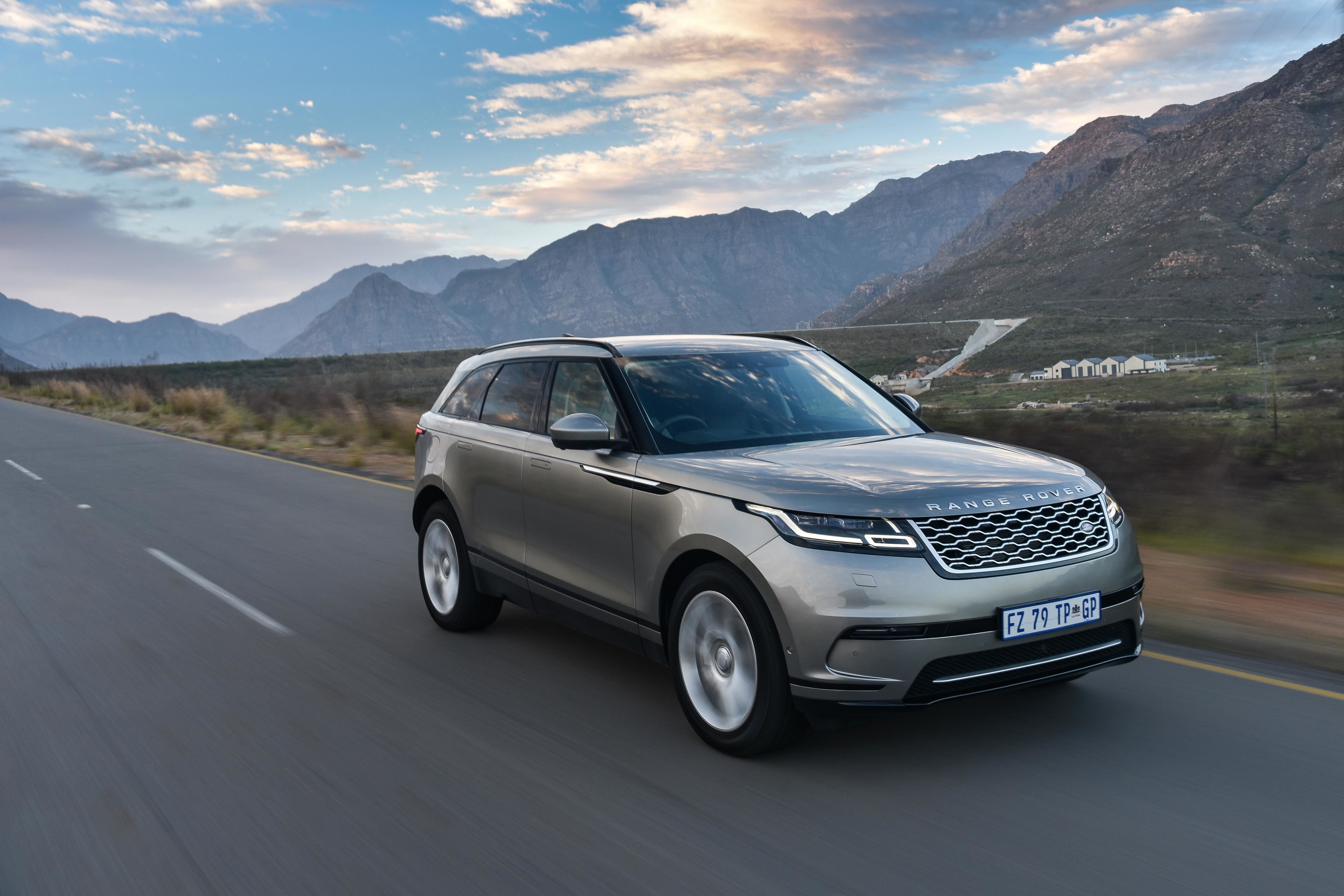
The original, full-size Range Rover is still the most aristocratic of the lot. Then there’s the Range Rover Sport, for those who like their motoring more vigorous than stately. The compact Range Rover Evoque is chic and trendy. And now there’s the Velar – a Range Rover with real designer appeal.
The Velar exudes an air of sleek minimalism. The shape is smooth and wind-cheating, thanks to aerodynamic contours, a slanted grille, a steeply raked windscreen and a tapered roofline.
The LED headlights are nothing more than slim, light-emitting apertures, echoed by equally elegant tail lights that garnish the SUV’s rounded rear with crimson finesse.
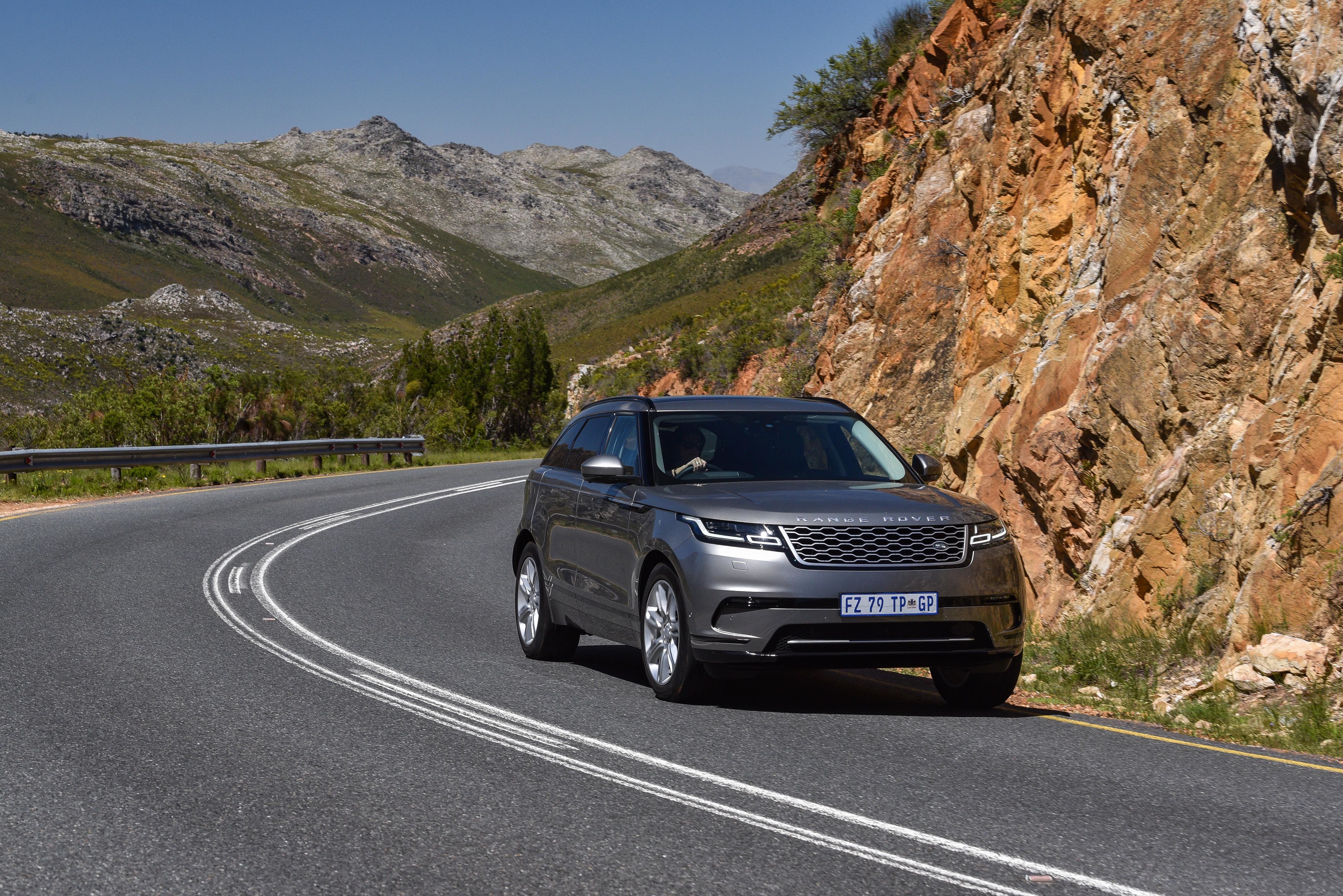
The Velar’s off-road DNA remains visible but understated: the lower body panels are protected by contrasting cladding, and there’s an arced scuff panel at the rear that’s more style than substance. The protruding front splitter isn’t exactly al-terrain friendly, though …
While 20-inch wheels would be deemed large by normal standards, they look barely adequate here (the options list includes a 22-inch alloy), and while the 255/50 R20 rubber is rated for all-terrain applications, those low-profile side walls looks too fragile for any real excursions off the beaten track.
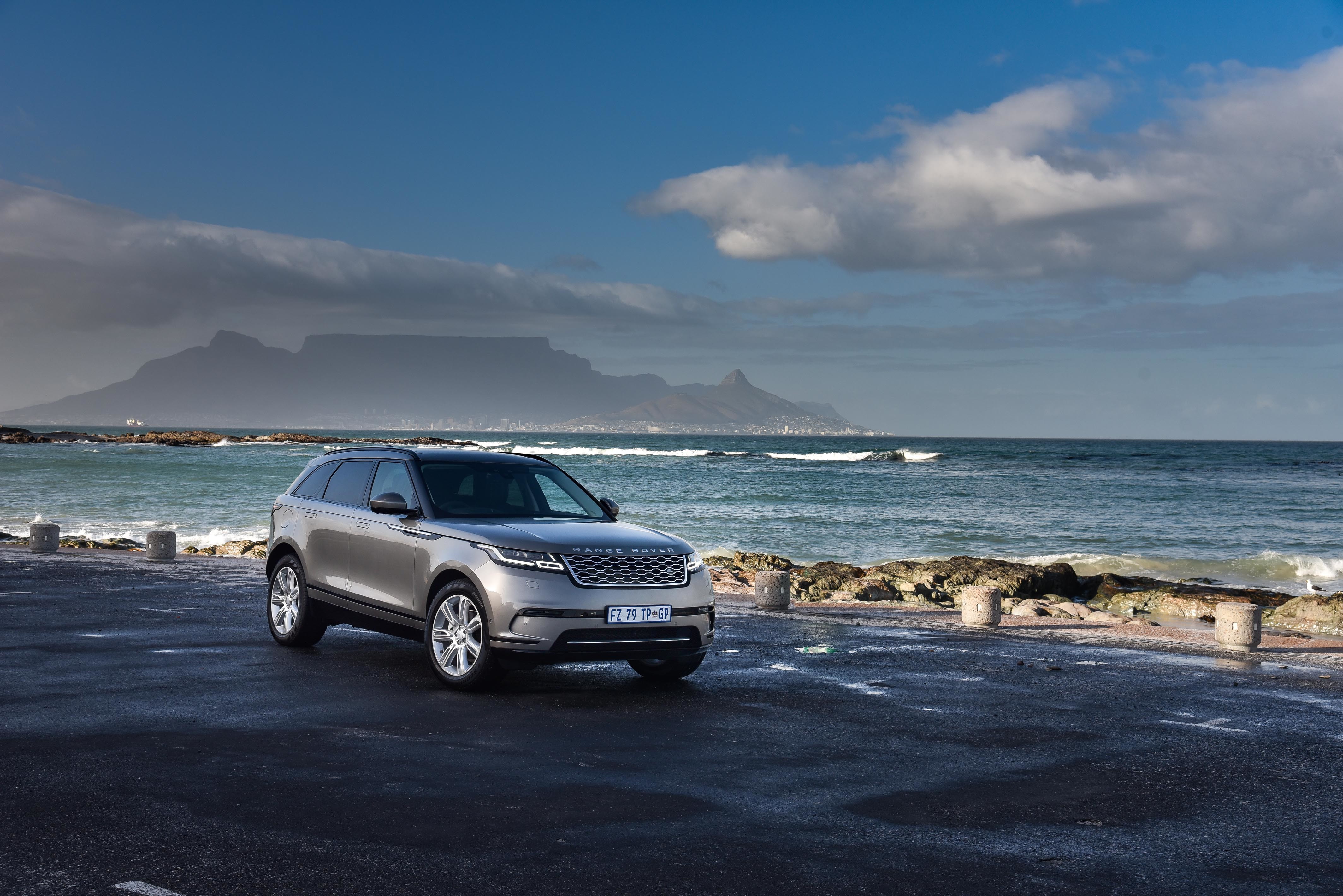
In line with its Land Rover ancestry, however, the Velar is touted as a “real” 4×4. It may lack low range, but it does have intelligent all-wheel drive with second-generation Terrain Response, allowing the driver to dial in pre-programmed drive train settings to match the prevailing conditions.
Fast-acting electronics, a battery of sensors, front/rear torque distribution, dynamic stability control, torque vectoring and adaptive dynamics all play a part in keeping the Velar stable and in command, even when the going gets tough.
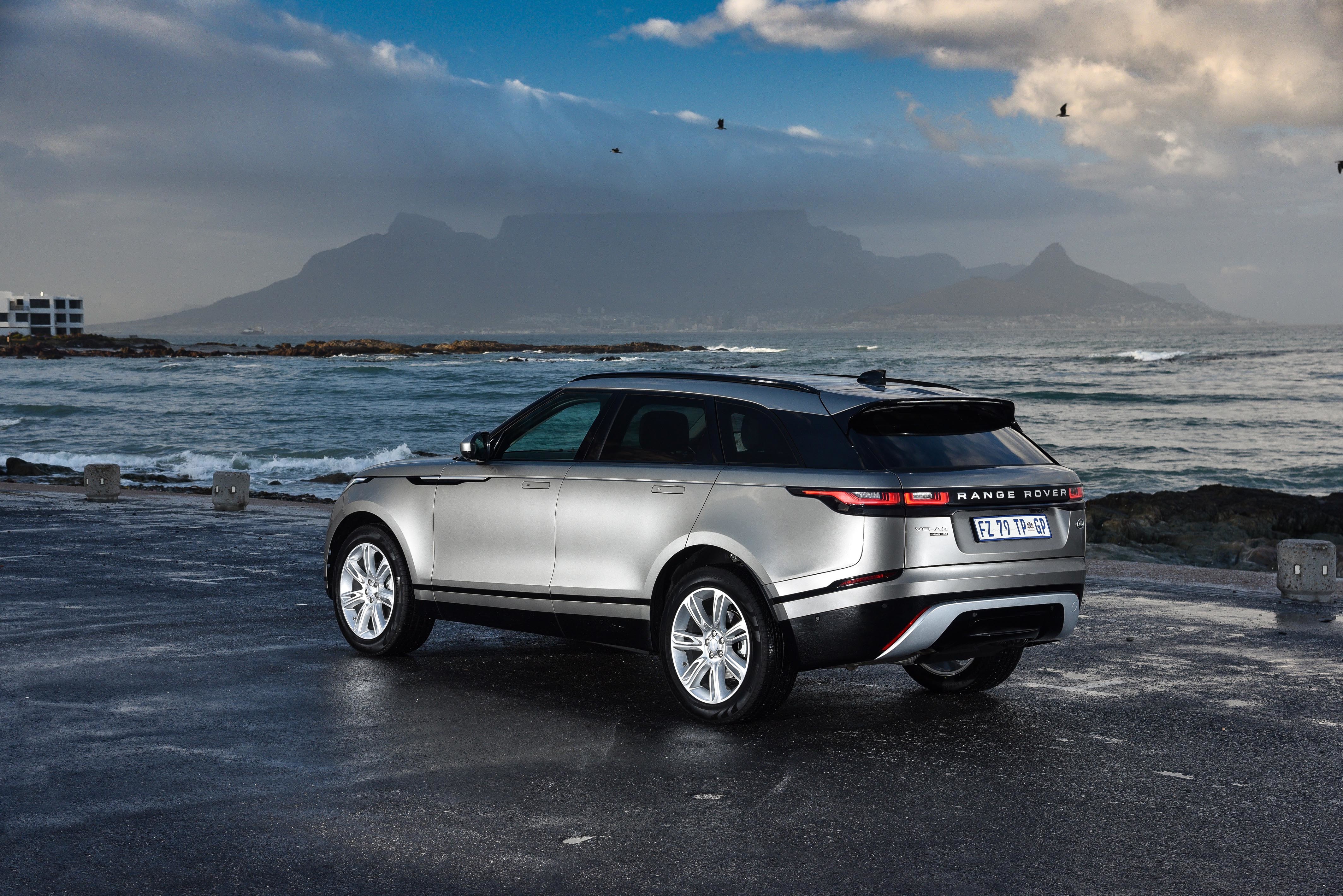
And don’t worry if you’re an off-road novice: the Velar’s raft of assistance systems (think Hill Descent Control, Low Traction Launch and All-Terrain Progress Control) are designed to make you look like every bit as expert as Kingsley Holgate (not necessarily with that beard, though!)
Add a generous 213mm ride height and the ability to wade through water more than half a metre deep, and the Velar certainly has the right all-terrain stuff – even if very few owners are ever likely to explore those talents.
Instead, the interior will almost certainly be the highlight for most purchasers. For all its high-tech gadgetry, the Velar’s cabin execution is seamless and fashionably minimalist, with almost no switchgear in sight.
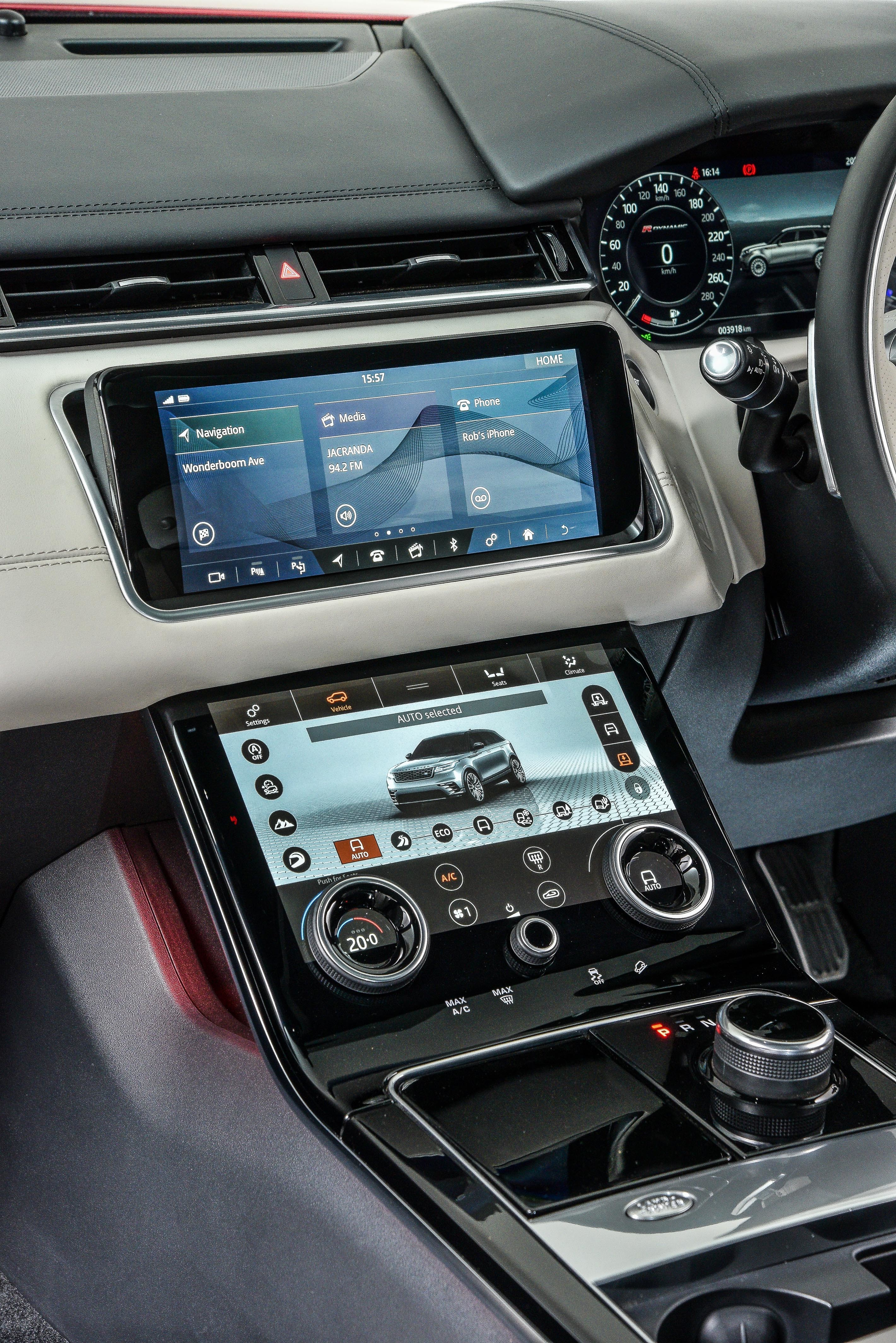
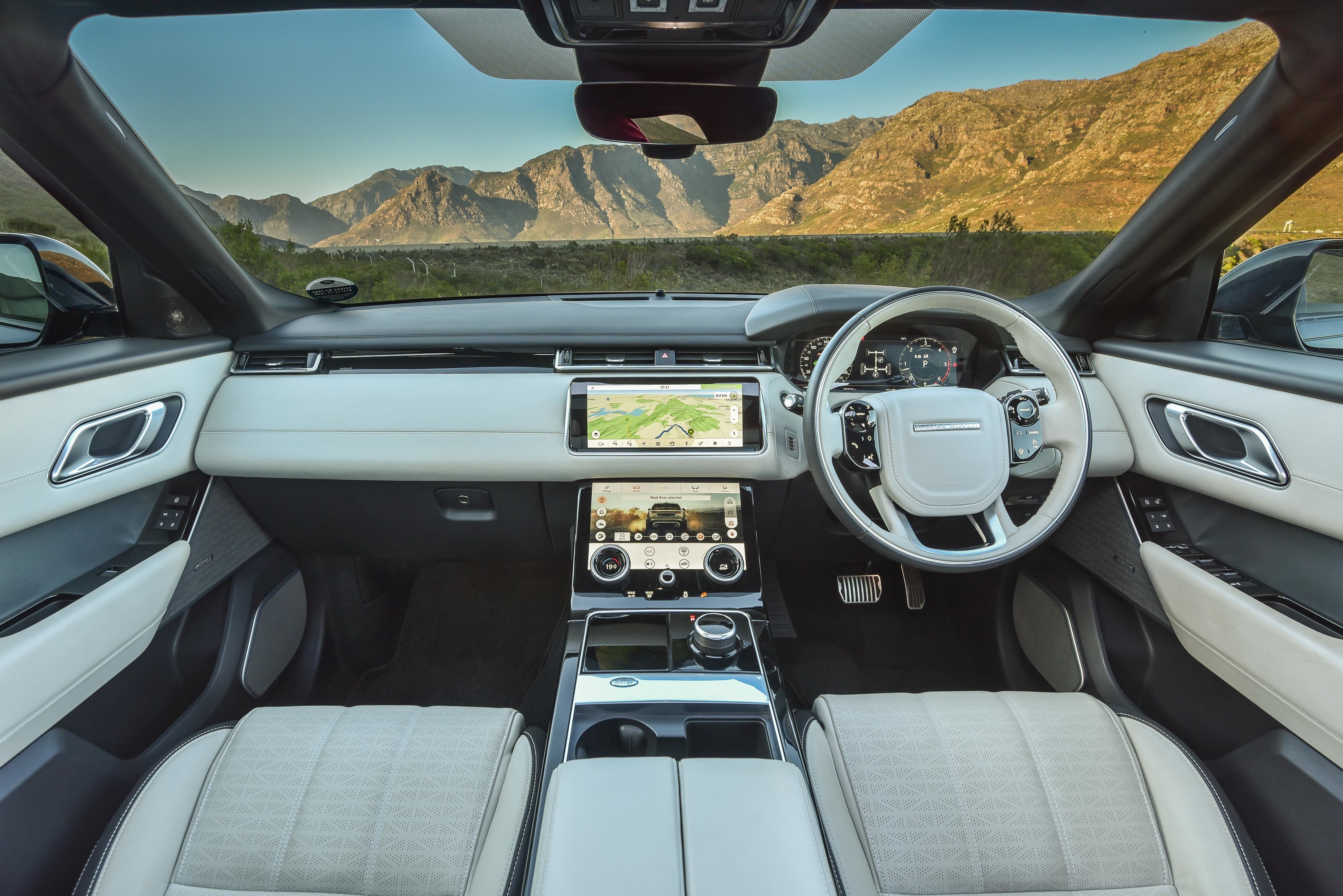
Intricately perforated leather in a variety of shades, contrasting stitching, glossy finishes, soft-touch surfaces and an all-pervasive aura of tasteful restraint makes this the classiest cabin in the SUV business.
The treatment is smart and stylish, with strong tactile appeal. It’s neither opulent nor austere, finding just the right balance between designer form and user-friendly function. It also has the tech to match.

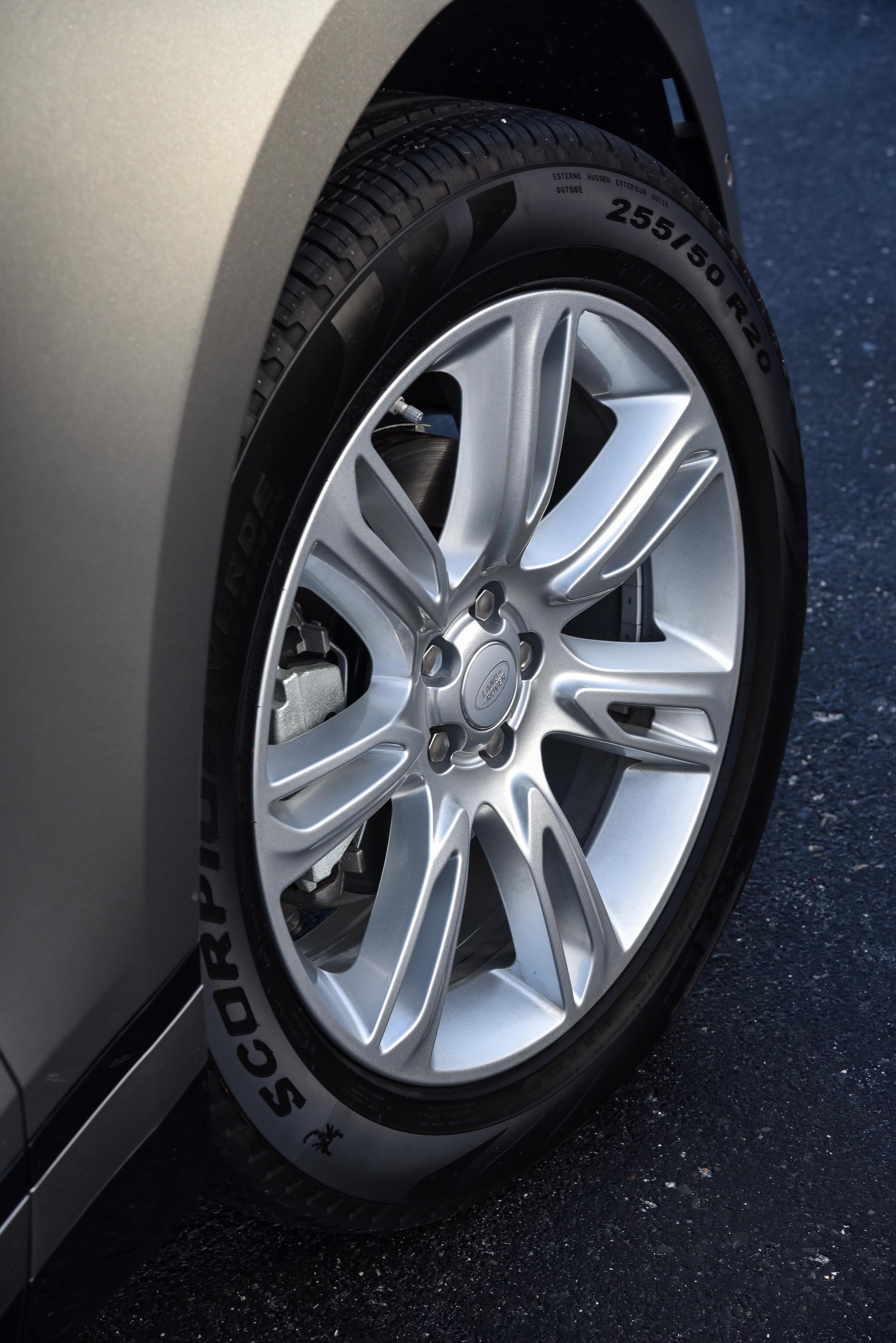
The instruments are actually virtual dials, displayed on a high-res interactive display that can be configured to suit personal preference. Two more displays, both touch screens, occupy the centre console, one above the other.
The top screen is motorised and can tilt through 30 degrees, improving visibility in bright sunlight – although it’s still prone to glare and fingerprint smudges. It looks after navigation, media and telephony functions, and its control logic reacts to gestures, in line with smartphone interfaces.
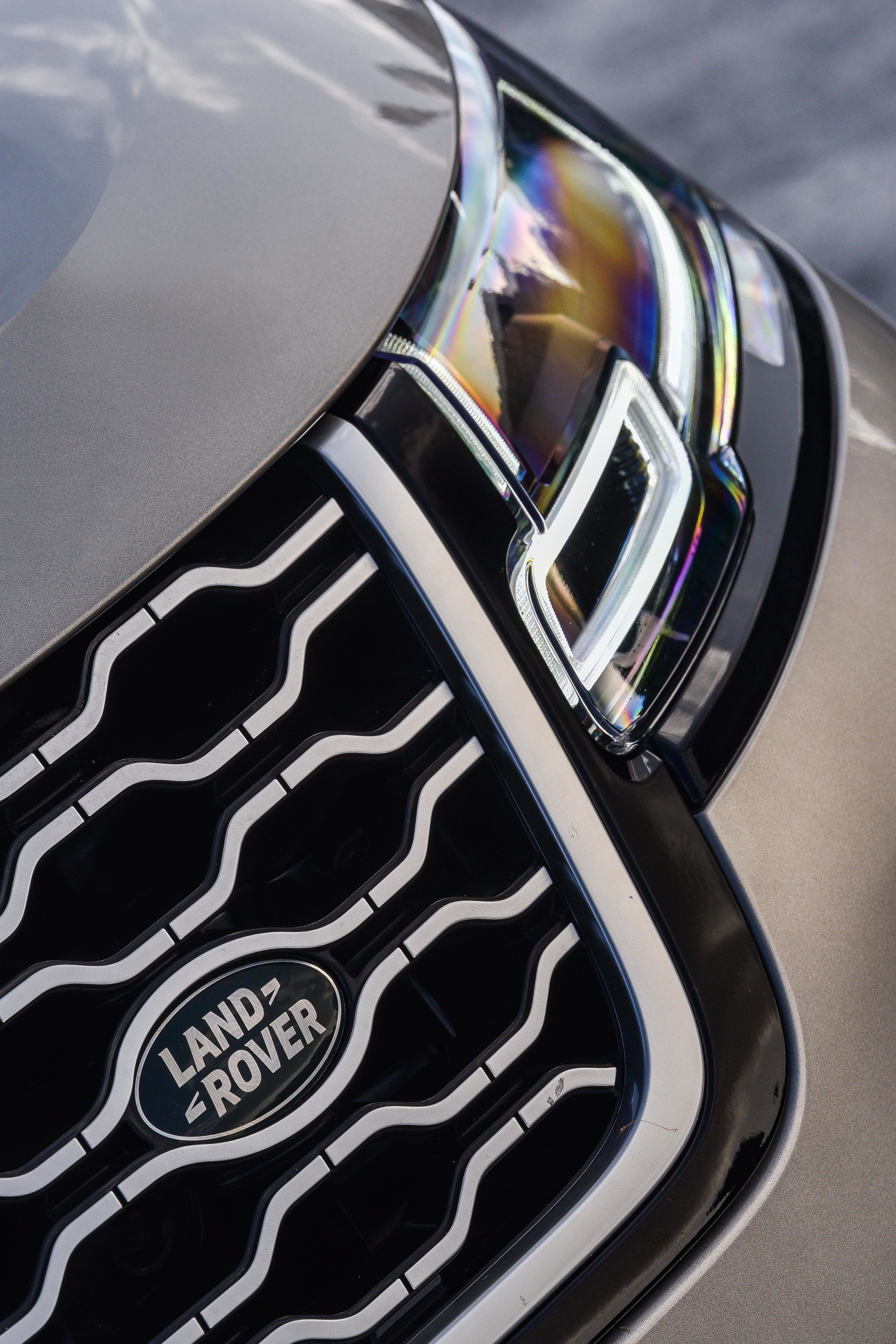
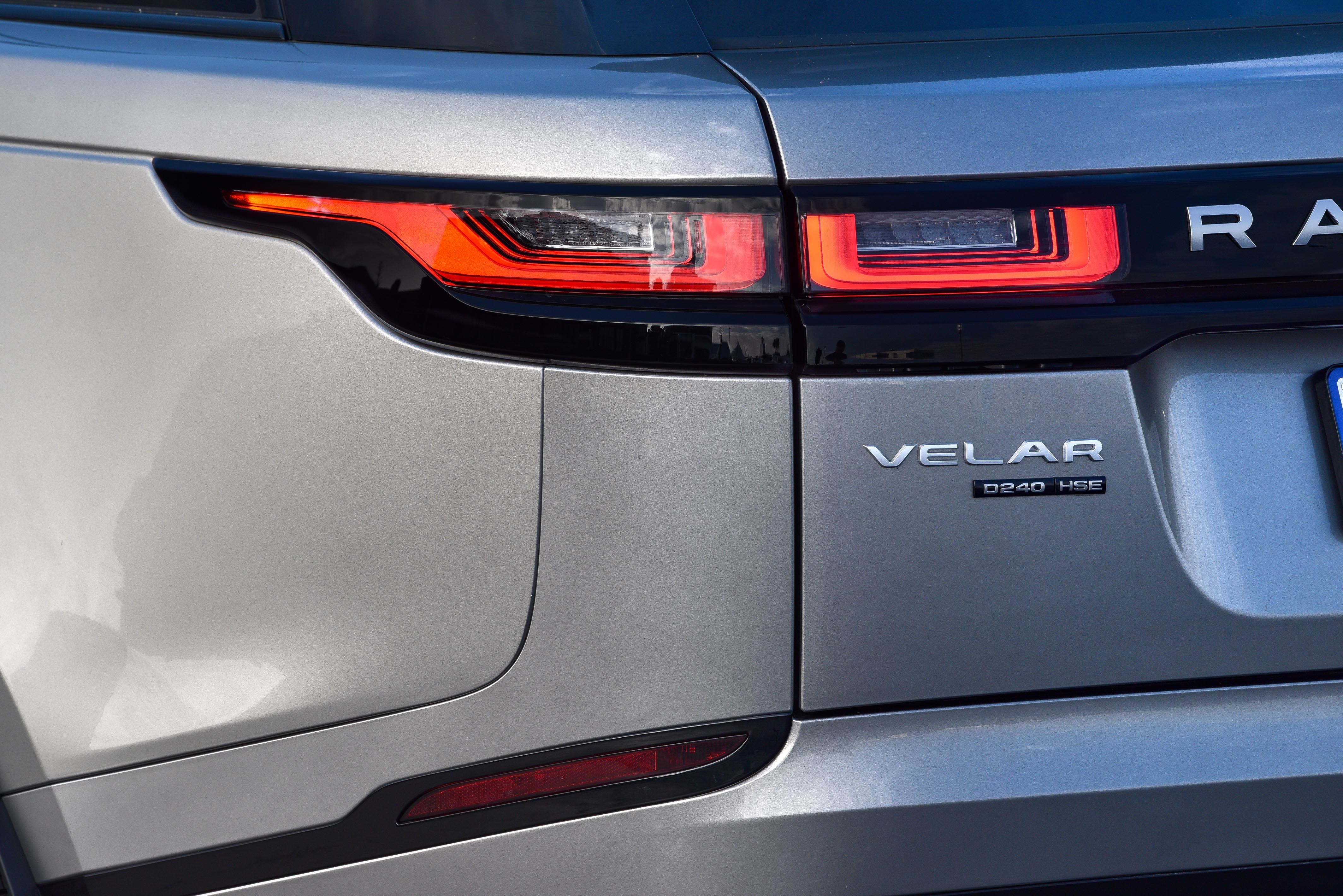
The lower screen only appears at start-up, and is devoted to vehicle settings and systems such as the automatic climate control, seat heating/cooling, and the Terrain Response system.
The only ‘conventional’ switchgear are a manual volume control for the sound system, and two rotary controllers, but even those can be configured to offer intuitive access to a choice of functions.
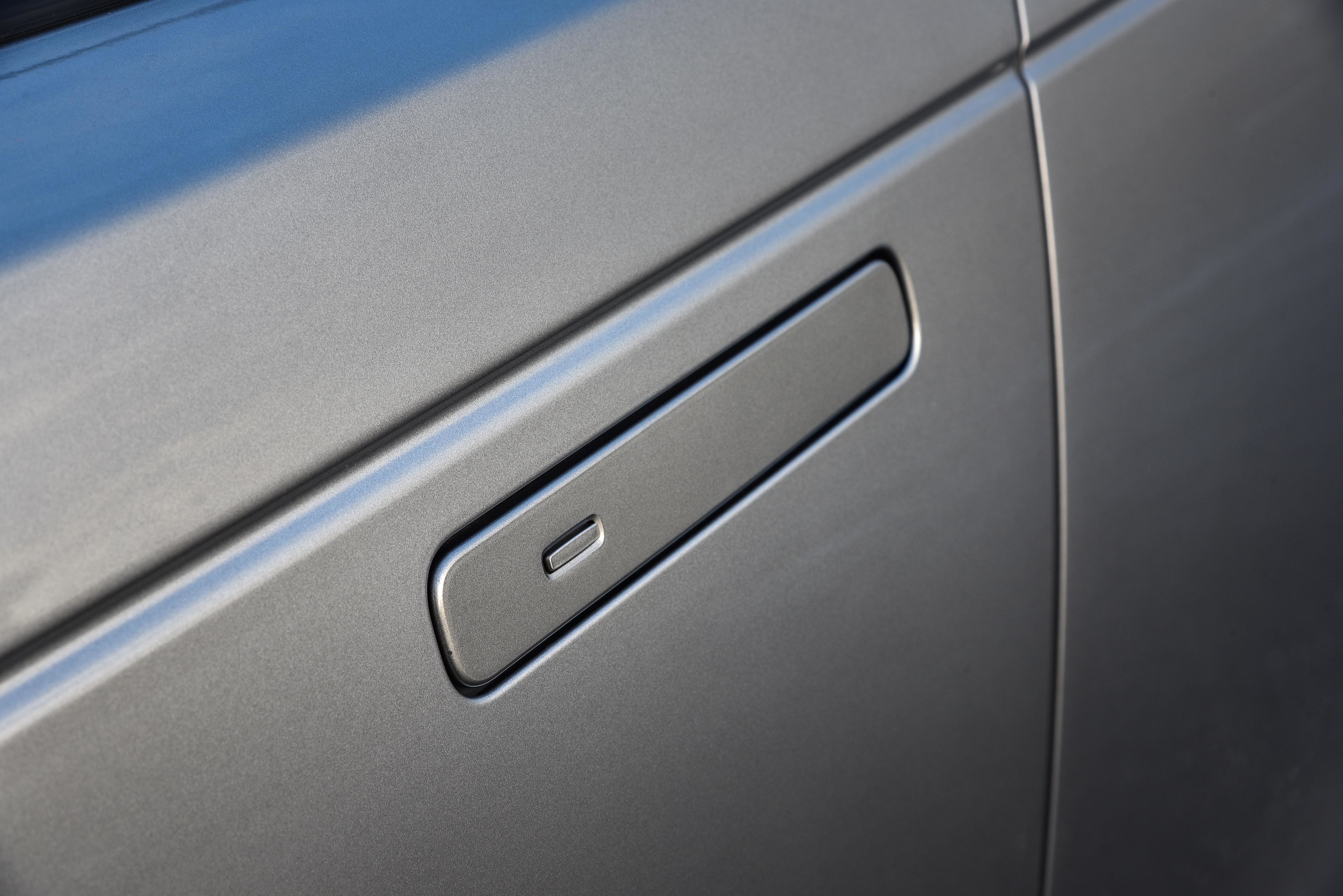
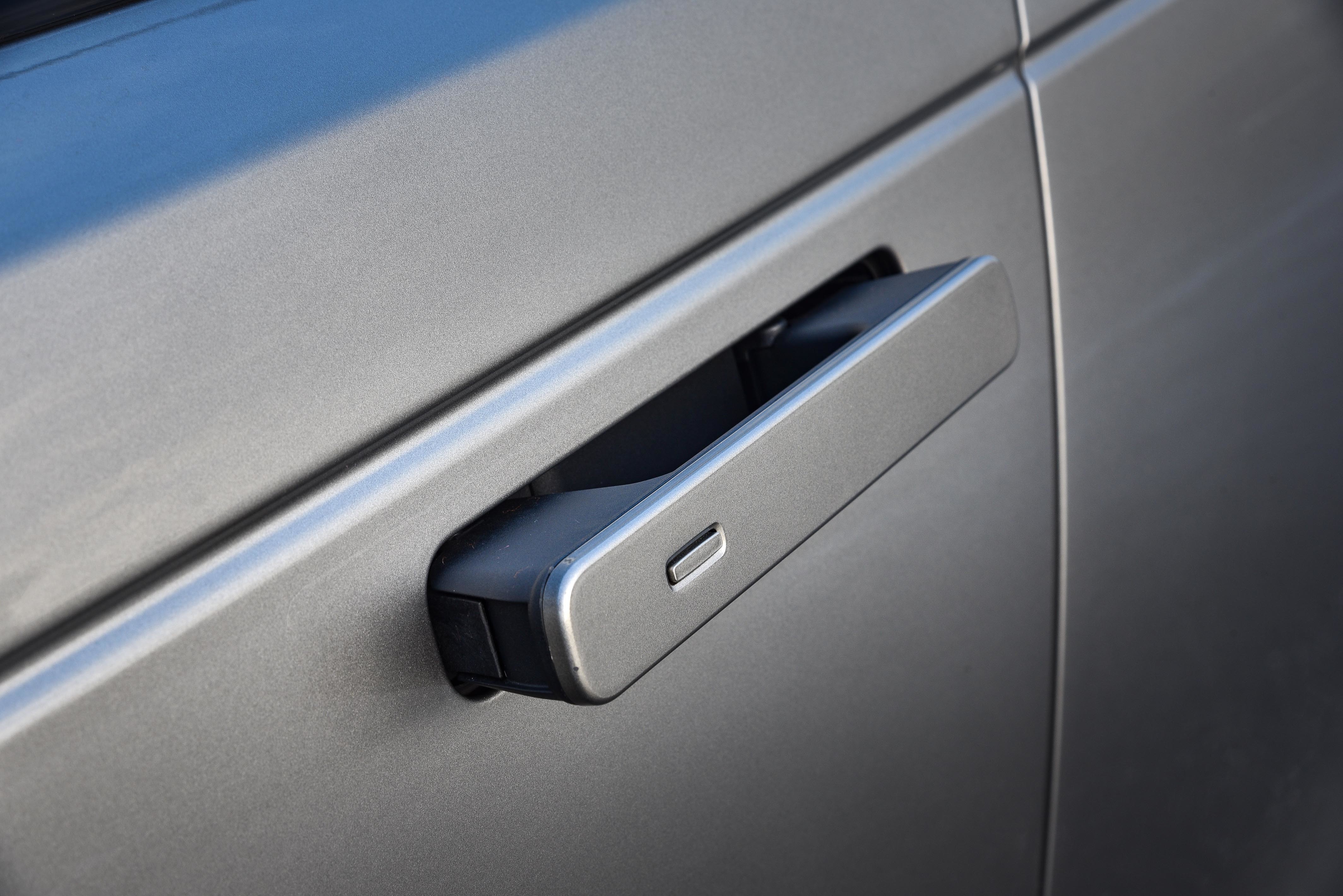
For all their high-tech appeal and intuitive operation, the screens are a distraction when on the move, and operating them while driving is nearly as hazardous as texting on your smartphone.
The multifunction steering wheel eschews normal buttons and switches for capacitive controls that react to touch – not necessarily ideal in practice, and in need of some tweaking, but an innovative approach that’s likely to become an industry norm going forward.
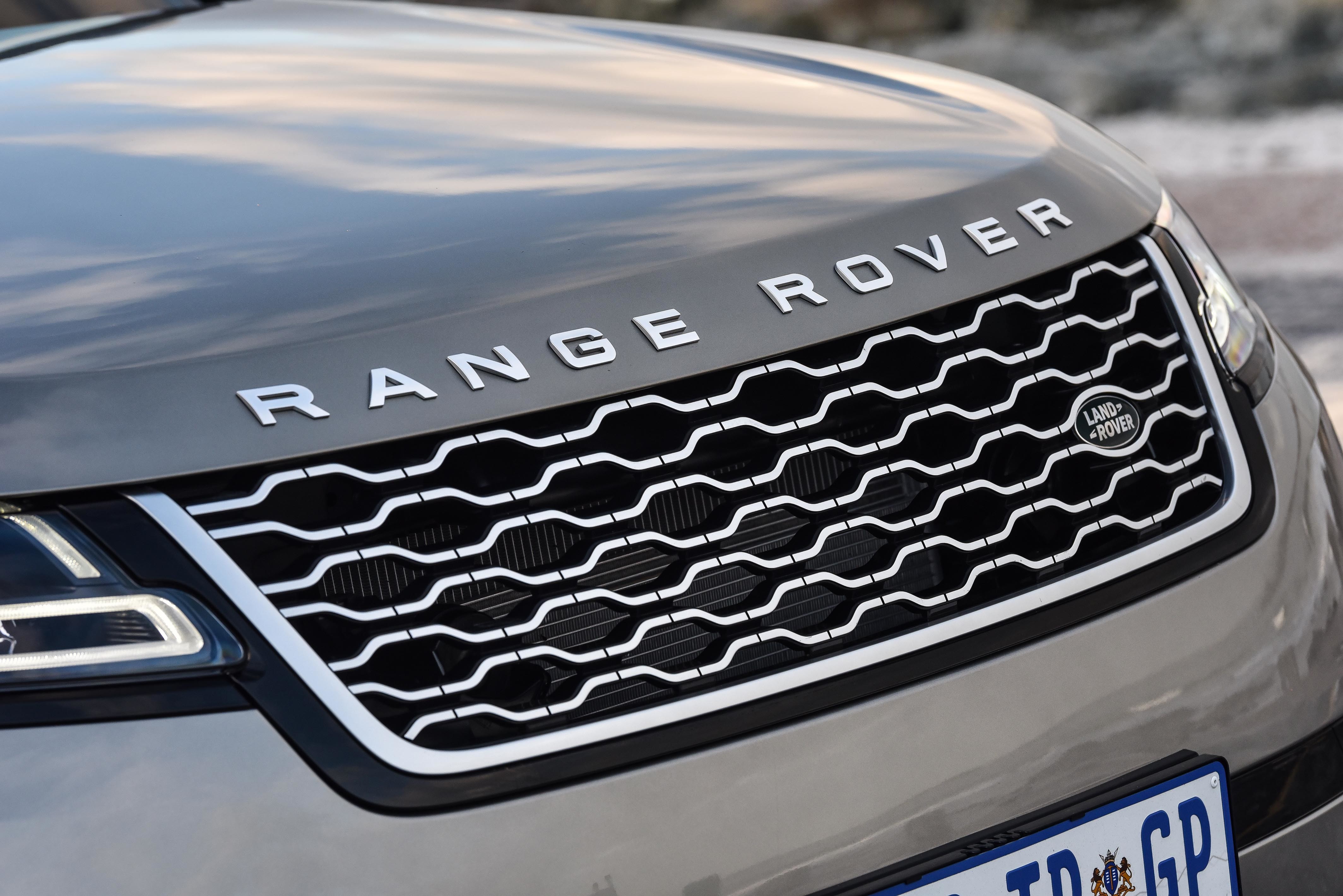
As for space, the Velar provides stretch-out accommodation for both front and rear occupants, while the 588 litre luggage compartment is generous, even by SUV standards. A wide-opening, motorised tailgate makes for convenient access, too.
The Velar range offers a choice of three turbodiesel, two turbo petrol and a top-end supercharged petrol engine, ranging in output from a modest 132kW to a brawny 280kW.
On test here is the D240 HSE, powered by a four-cylinder, 2.0-litre turbodiesel good for 177kW and 500Nm. Those are impressive output stats for a relatively small-capacity turbodiesel, and while it does come on song quite quickly, there is some low-down hesitation on pull-off.
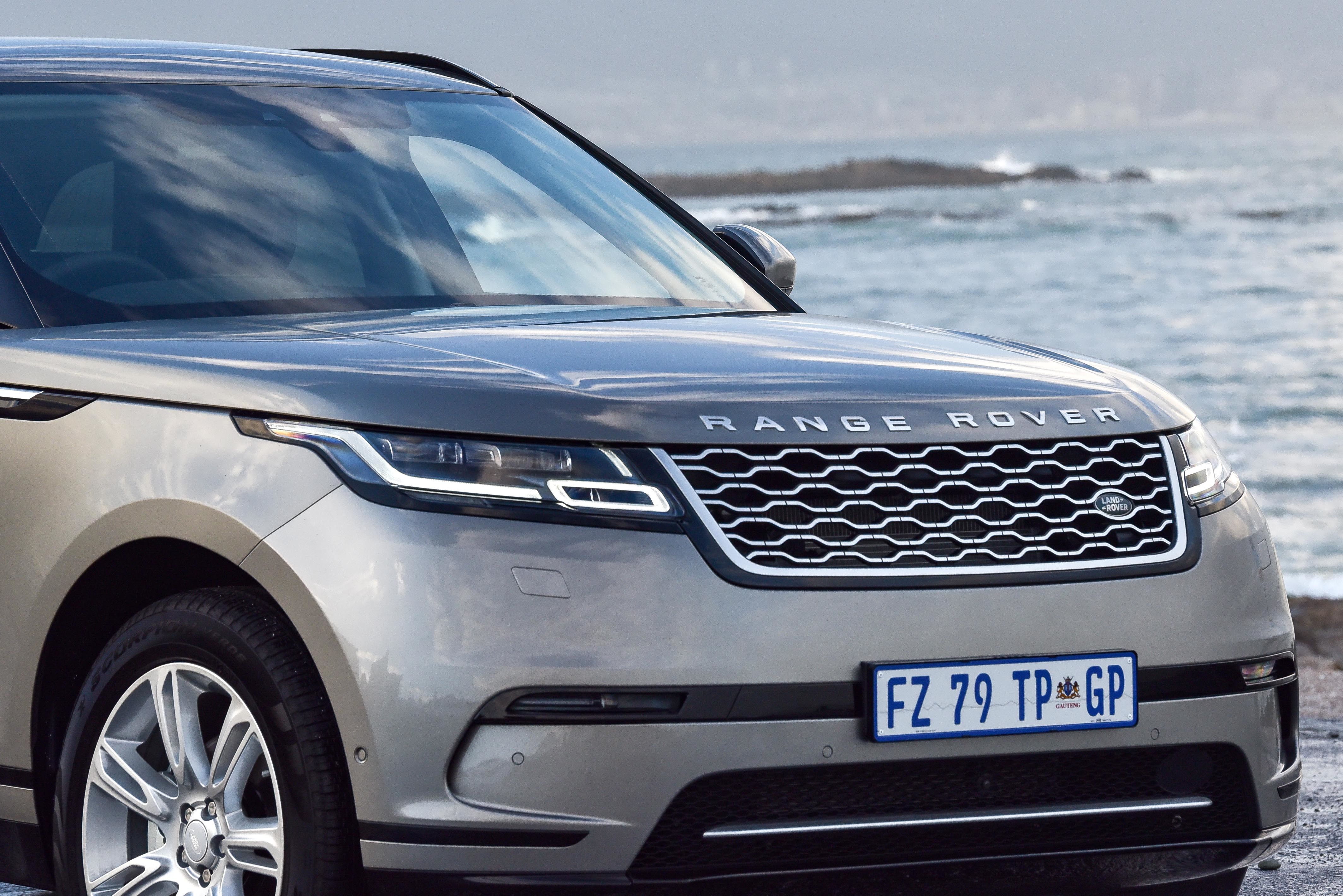
Initial turbo lag is part of the reason, yes, but the kerb mass of the Velar is also to blame: despite what Land Rover describes as a lightweight aluminium construction, the big SUV tips the scales at around 1.8 tons.
If I was spending this kind of money, I’d opt for the D300 with its more powerful 3.0-litre V6 turbodiesel. It will always have more urge in reserve, and will also be the more relaxed cruiser as a result.
Even so, the D240 is no slouch in dynamic terms, although it’s best to opt for dynamic mode, and to take charge of the gear shifts via the shift paddles if you’re in a hurry. Then, the claimed sub-8sec zero-to100km/h sprint time seems entirely plausible, as does the 217km/h top speed.
For a 1.8 ton-plus SUV with an overall length of 4.8m, the Velar feels confident and composed on the move. There’s nothing slushy about the all-independent suspension, but it soaks up bumps and dips, while the steering has just enough heft to provide decent feedback.
Despite the Range Rover’s raised stance, there’s no body lean to speak of when tackling some twists and turns, and that fat rubber at each corner provides plenty of grip. Around town, the commanding all-round view from behind the wheel is a boon, while cameras make parking a pleasure.
But this Velar shines brightest on the open road. It has a real appetite for long distances, effortlessly racking up the kilometres while cocooning its occupants in comfort. Noise levels are well contained, even at speed, allowing passengers to actually enjoy the Meridian audio system.
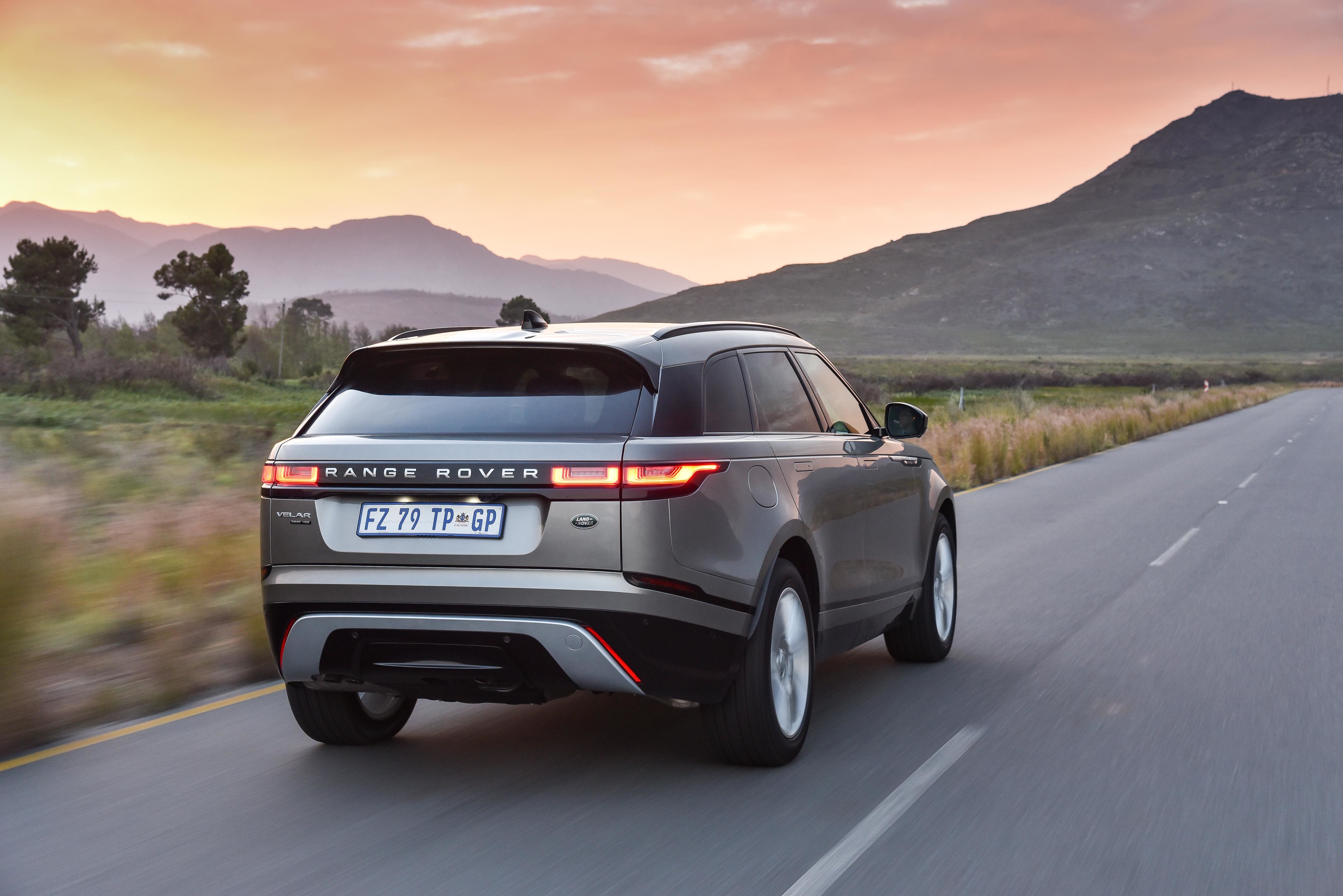
While most SUVs focus on various combinations of luxury, performance and off-road prowess, the Range Rover Velar is primarily driven by design. Fortunately, its visual appeal and designer execution don’t come at the cost of more traditional SUV capabilities.
Thus, the Velar is surprisingly competent in off-road terms, offers loads of passenger and cargo space, and also delivers in terms of luxury, comfort and versatility.
No, its not as gung-ho as some SUVs, nor as dynamic as its Range Rover Sport stablemate. But for all its designer appeal (should it be dubbed a DUV?) it’s a very real contender in the top-flight SUV game, and perhaps reflects the real priorities of its target market better than most. DM
PROS
Sleekly distinctive execution links designer appeal to SUV capability.
CONS
Class comes at a price. D300 a better choice in overall performance terms.
VITAL STATS
|
|
|
|
Engine |
In-line four-cylinder, 1 999cc, turbodiesel |
|
Power |
177kW @ 4,000 rpm |
|
Torque |
500Nm @ 1,500 rpm |
|
Power-to-weight ratio |
96.14 kW/ton |
|
Gearbox |
Eight-speed auto, AWD |
|
Wheels/tyres |
20-inch alloy, 255/50 R20 tyres |
|
0-100 km/h |
7.3sec |
|
Top speed |
217km/h |
|
Fuel tank capacity |
60 litres |
|
Fuel consumption (claimed/tested) |
5.8 / 9.1 litres/100km |
|
Operating range (claimed/tested) |
1,035 / 660km |
|
CO2 emissions |
154 g/km |
|
Retail price / as tested |
R1,272,200 / R1,383,101 |


















 Become an Insider
Become an Insider